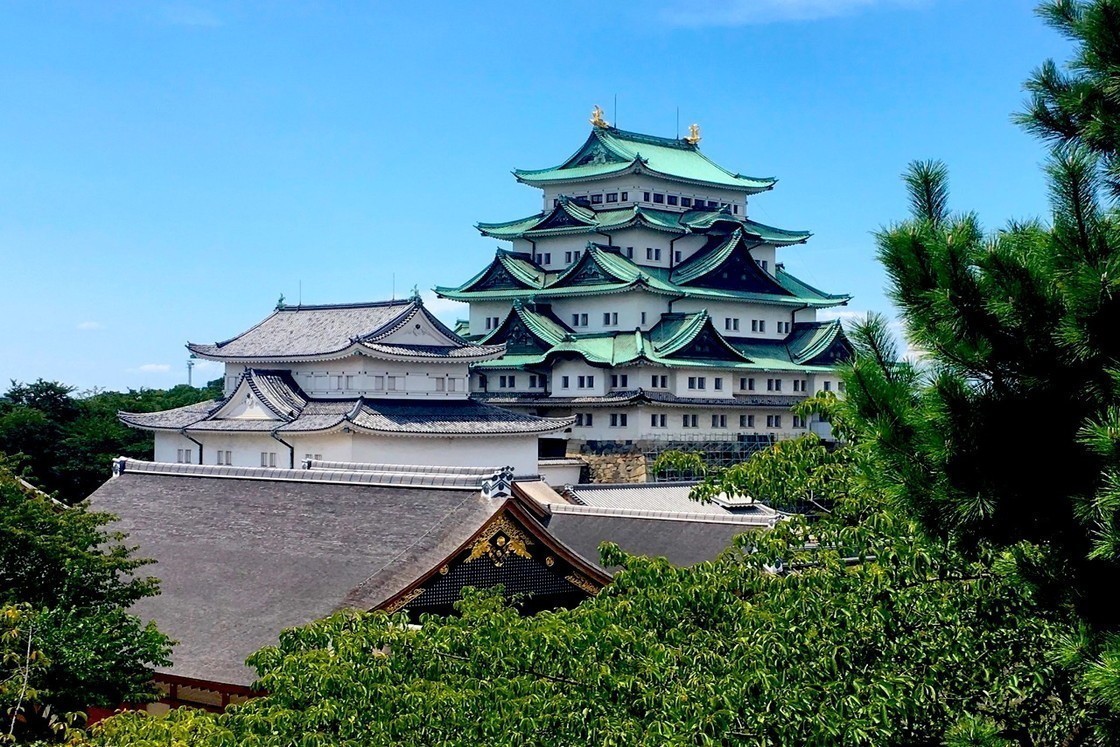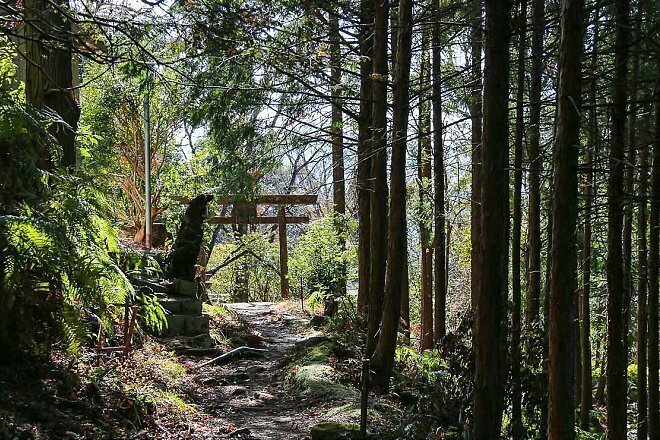Samurai castles, mystical mountain temples and the nature of Aichi
The Japanese car was born in Nagoya and Aichi Prefecture, and for that reason, Nagoya's and Aichi's roads are easy to navigate. Now, if anyone ever tells you that Nagoya and the surrounding areas are dull and boring, then never listen to that person again! They know nothing!
During the Edo period (1603-1868) Japan was ruled by the Tokugawa Shogunate based in Edo (modern-day Tokyo). To ensure the survival of the Tokugawa clan and maintain control, the first Shogun, Tokugawa Ieyasu, established the Go-Sanke, three branches of the Tokugawa clan. Basically, should anything untoward happen to the clanfs main branch, or the shogun die before siring an heir, a new leader could be chosen from one of the Go-Sanke. One was based in Mito, north of Tokyo, another was based in Kii, Wakayama Prefecture, while the politically and financially strongest branch was the centrally located Owari clan, based in Nagoya Castle. Naturally the Owari branch had the biggest and best castle too!
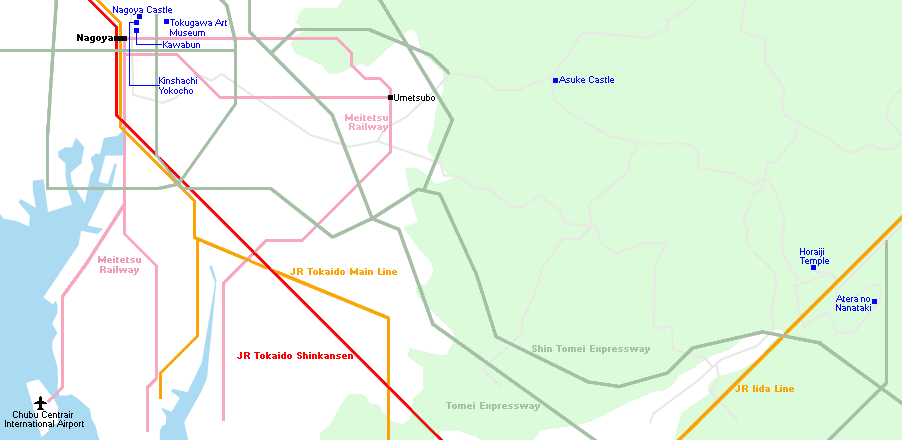
Day 1
Here's how to enjoy a 3 day, 2 night self-drive adventure. Chubu Centrair International Airport is the international airport serving the region and a starting point for many, including myself. From there, the Meitetsu Railway provides regular connections to Nagoya Station. Upon arriving at the nation's transportation hub, Nagoya Station (incidentally, listed in the Guinness Book of Records as being the world's largest train station complex!) either catch a taxi, the subway, or better still, the city's Me-guru sightseeing bus from the station's bus terminal No. 11 stop, to Nagoya Castle. A One Day Pass (adults 500 yen, children 250 yen) will be value for money, and can be purchased on the bus. The handy Me-guru takes a circular route around the city's major tourist attractions departing on average around every 30 minutes. Me-guru operates daily, except for Mondays. See the official site for route details and operating times.
Built in 1610 to protect Edo from western forces attack, and to launch the 1614 and 1615 attacks on Osaka Castle, Nagoya Castle was one of the biggest and best designed of samurai castles. Look closely at the stone work and youfll see a number of geometric shapes and symbols carved into the stones. These were left by the various warlords - former enemies of Tokugawa Ieyasu - brought in to build the castle. Ieyasu had them use their own finances to construct his castle, keeping his former enemies close at hand, keeping them busy, and in turn, leaving them little time or funds for weapons or war. The ideal peace situation.
The castle was the best preserved following the end of the feudal period, and in 1930, was Japan's first castle to be designated a National Treasure. Over 28 structures and art works within the castle confines made National Treasure status. Unfortunately much of Nagoya was destroyed in the firebombing during the closing months of WW2. With it, went the magnificent castle keep, its palace and most of the surviving buildings. Nagoya Castle's keep was reconstructed in concrete in 1959 and served until recently as a museum.
The keep itself was closed to the public in 2018 for authentic reconstruction, but don't let that deter you. Nagoya Castle's Honmaru Goten Palace alone is well worth the visit. It was regarded as Japan's masterpiece of modern castle architecture and along with the National Treasure Ninomaru Palace at Nijo Castle in Kyoto, considered to be the preeminent example of samurai style Shoin palace architecture. The Honmaru Goten Palace was painstakingly reconstructed, re-opening in 2018.

The pure opulence of gold lined walls, decorated by the finest artisans, the intricate metal work of the fittings, the stunning architectural craftsmanship, and that faint smell of the aromatic hinoki cypress wood used throughout is exactly how the lords of the castle would have experienced it 400 years ago.
There are paintings of tigers and leopards designed to intimidate visitors and show the might of the Owari Tokugawa clan. Scenes of auspicious animals and vegetation fill the wall and panel space of other elegant gold lined rooms. As you move through the various sections, note the differences in art on the walls, the slight changes in civil war time to peace time architecture, and keep an eye on the ceilings in each room, the higher ranked the room, the more detailed or gorgeous the ceilings become.

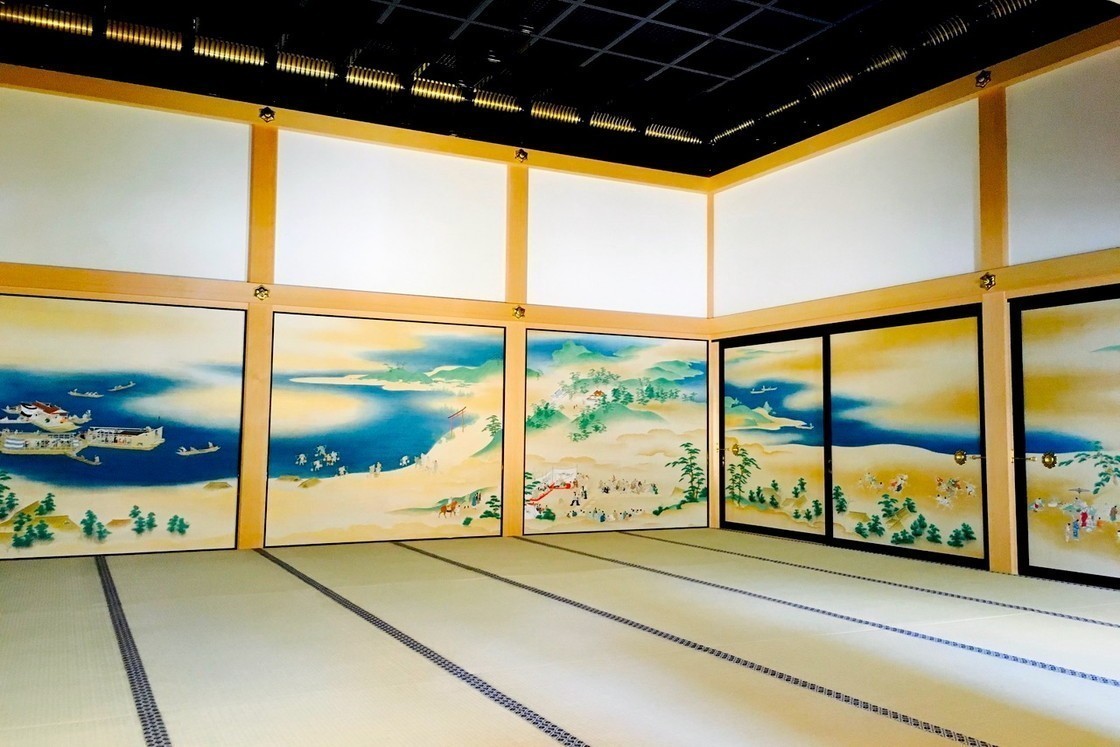
The palace consists of three sections. The first being the Genkan entrance and the Omote Shoin, which comprised the administrative offices and lord's audience chambers. This area was used to show the might of the clan and to impress visitors.
The central part is the lord's living quarters, the Taimenjo, while the final stage is the Jorakuden, the most gorgeous section of the palace, built specifically in 1632 for a planned visit by the Third Shogun, Tokugawa Iemitsu. It too features lavish use of gold and lacquer, and the colorful, carved transoms above the sliding doors between the rooms will leave you spellbound.
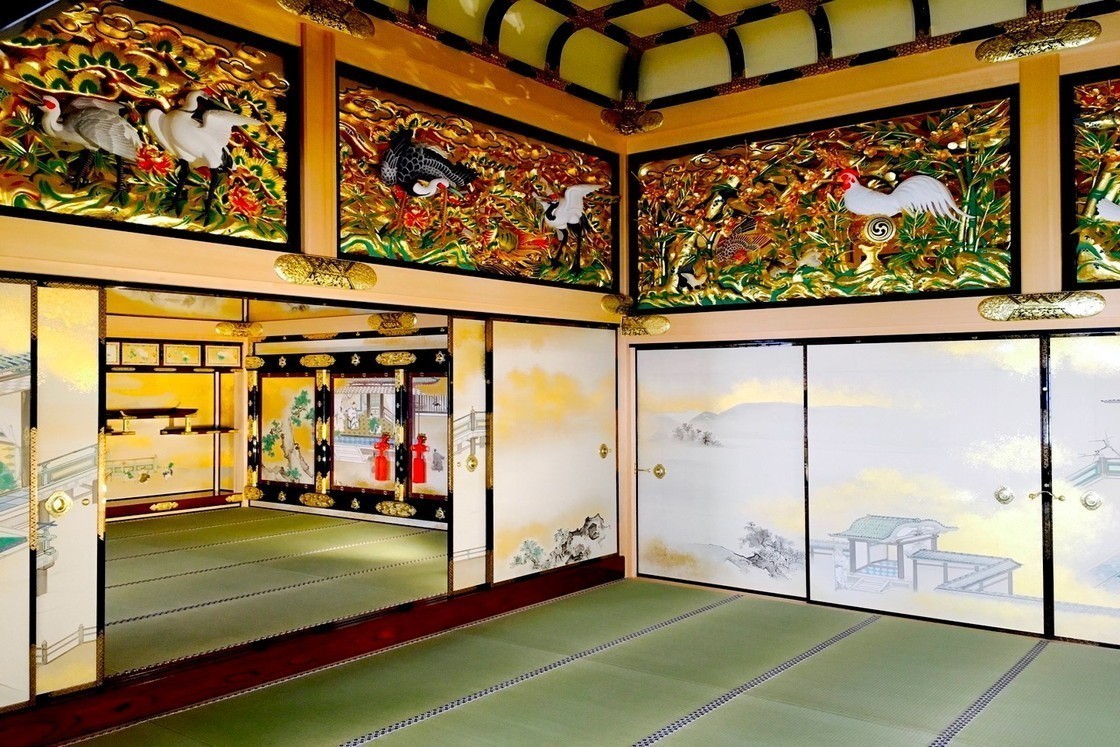
Originally designed as the residence of the first lord, Yoshinao, the palace was later vacated and kept ready solely for the use of the Shogun. Over the following 250 years, it was only used twice, but maintained in pristine condition in case the Shogun should suddenly require it. The palace was so well kept, that the Emperors Meiji, Taisho and Showa would stay at the palace on their way between Tokyo and Kyoto. This level of quality craftsmanship and artistic elegance can be seen nowhere else in Japan. Enjoy samurai-styled Shoin-zukuri art and architecture at its finest, and the way the Lords and Shogun would have experienced it over 400 years ago.
While there are a few places within Nagoya Castlefs grounds serving simple foods, a good idea is to try the Kinshachi-Yokocho areas just outside the gates. The Muneharu Zone, just outside the eastern gates, and named after the flamboyant and eccentric 7th lord of Nagoya, serves modern Japanese and western style foods, while the Yoshinao Zone, beside the main gates and named after the first lord of Nagoya, has more traditional local tastes available.
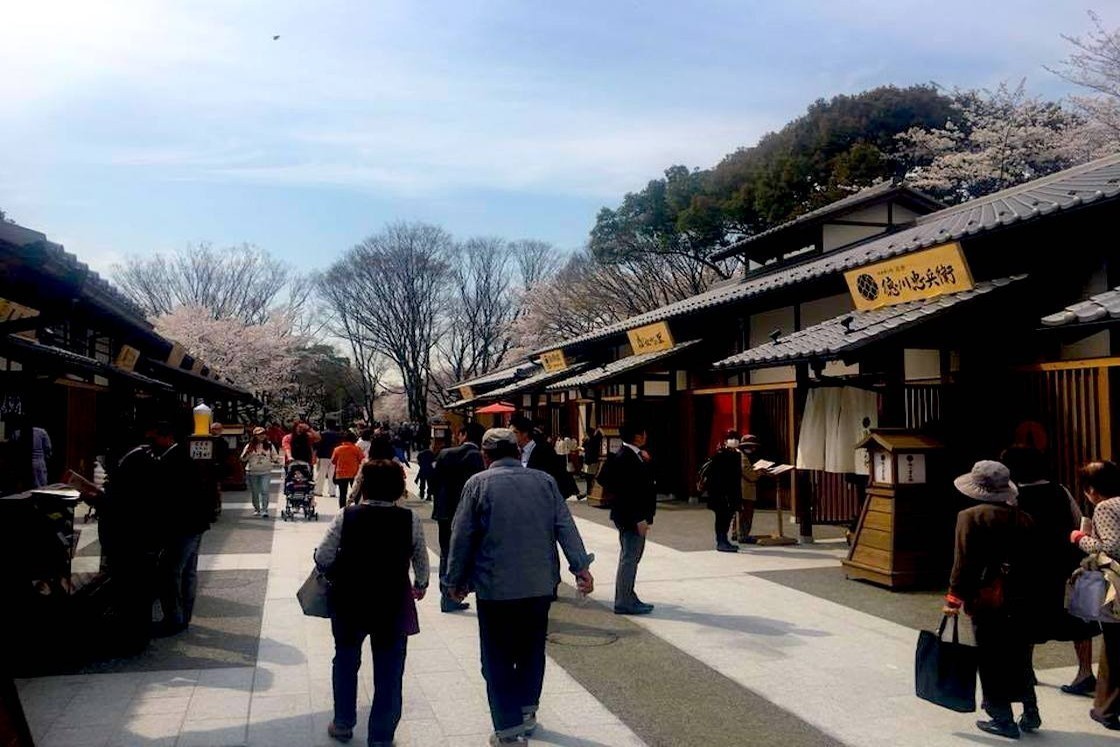
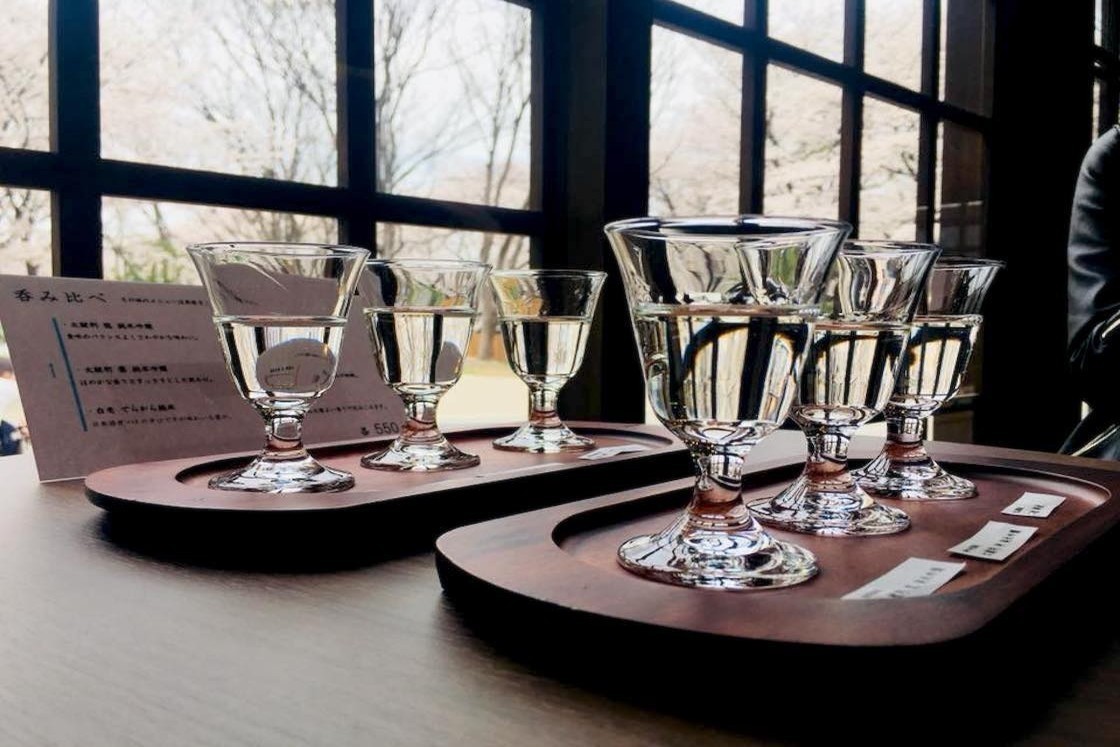
Nagoya boasts mainland Japan's most unique food culture, known as Nagoya Meshi. Local delicacies such as hitsumabushi, grilled eel on rice, misokatsu, being deep fried pork cutlets covered in the thick, rich dark miso paste peculiar to the Nagoya region. Tebasaki, fried chicken wings, and Miso nikomi udon, thick chewy noodles in a steaming hot miso-based broth, are other Nagoya specialties worth trying. These can be found in the Yoshinao Zone, along with sake sales and tasting, and an interesting range of samurai souvenirs.
If Nagoya Castle's grandeur, and the opulence of the Honmaru Goten Palace isn't enough to convince you of the power and prestige of the Lords of Nagoya, then hop back on board the Me-guru bus for a visit to the fascinating Tokugawa Art Museum and Tokugawa-En Gardens in Nagoya's Higashi Ward. The grounds were the former retirement villa for the Lords of Nagoya, and the traditional gardens, designed around the colorful carp filled wide central lake, are stunning year round. If you missed lunch at the Kinshachi-Yokocho areas, fine dining here with the view of the gardens is a must! After lunch and a stroll around the gardens, take in the adjoining superb Tokugawa Art Museum.
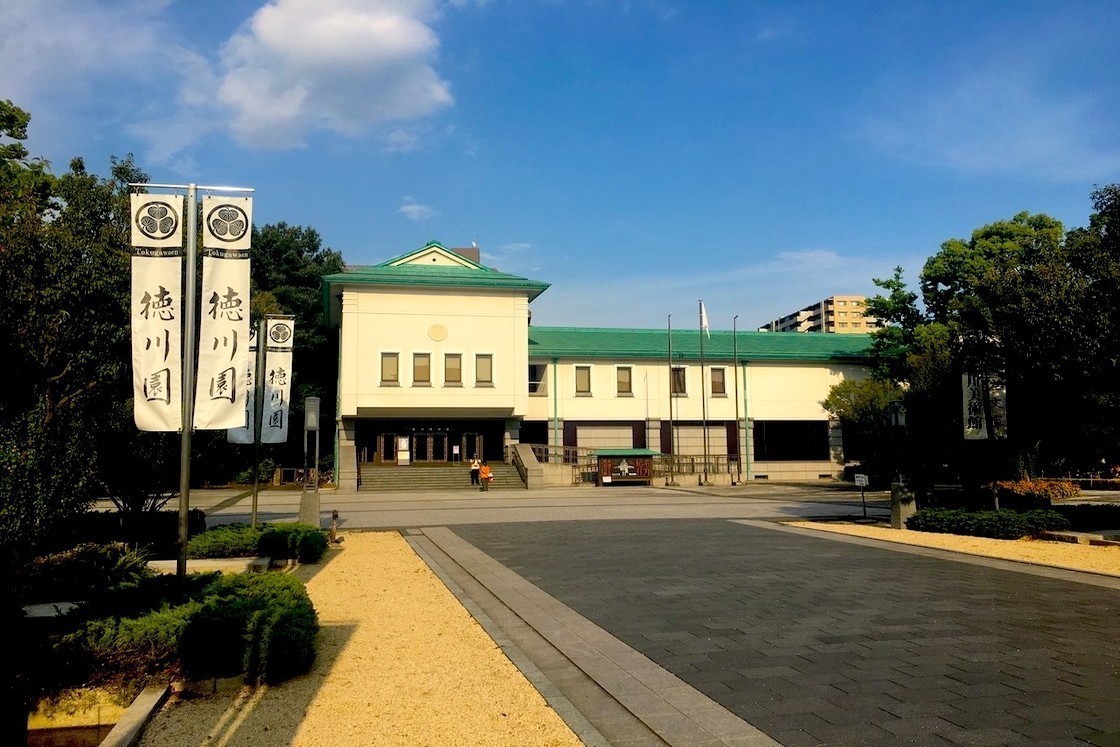
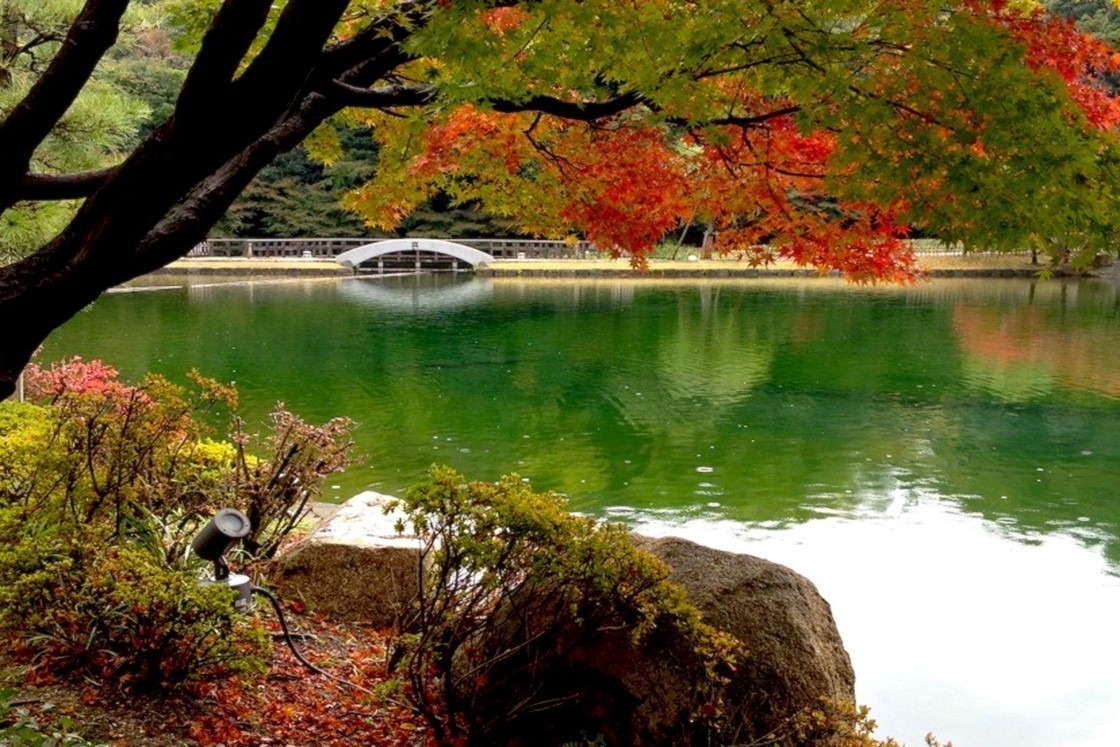
The museum holds the largest collection of daimyo artifacts, treasures including armor, weapons, scrolls, tea ceremony implements, literature, furniture and more. The collection includes 59 Important Cultural Properties and 9 National Treasures. The themed exhibitions change regularly, and there is always something fascinating on display.
The Me-guru will get you back into the city, and depending on where you are lodging, close to your hotel. The city center hosts a wide range of restaurants, bars and eating spots, or you could try Nagoya's oldest remaining restaurant, patronized by the Tokugawa clan themselves, the elegant Kawabun. Tell someone from Nagoya that you've been to Kawabun, and they will hold you in high esteem! Operating continuously for over 400 years, and about 2km from Nagoya Station, or a short walk from the city central Sakae area, it has hosted international prime ministers and presidents, a host of stars and celebrities.
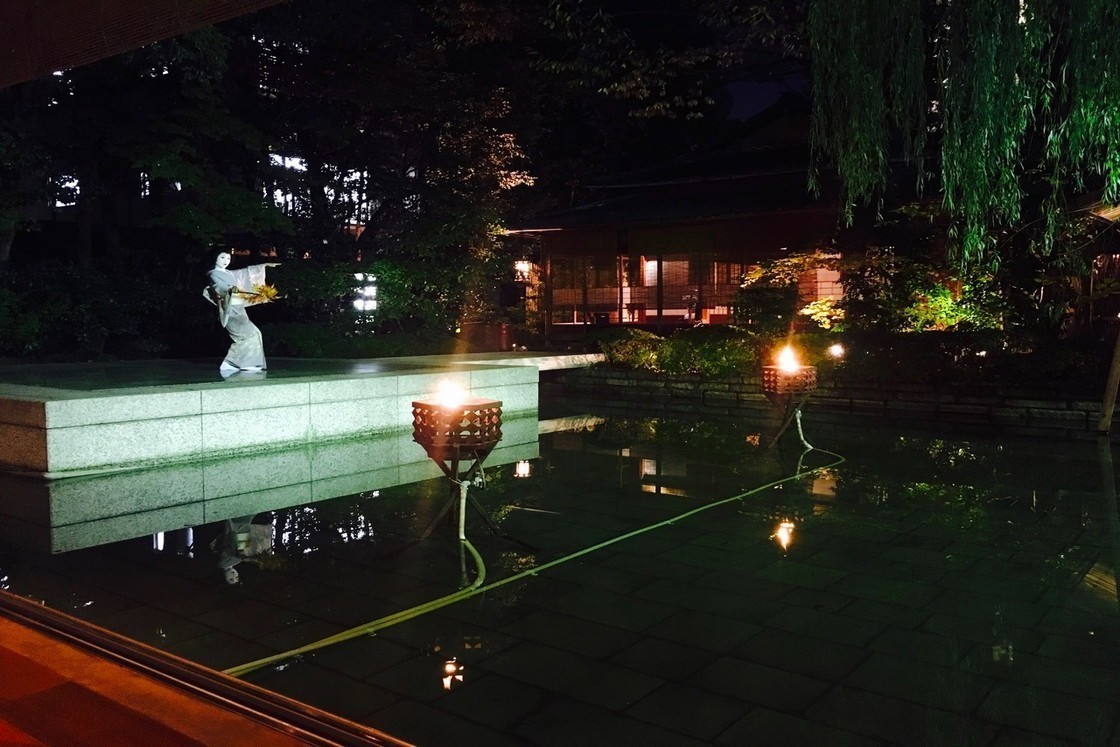
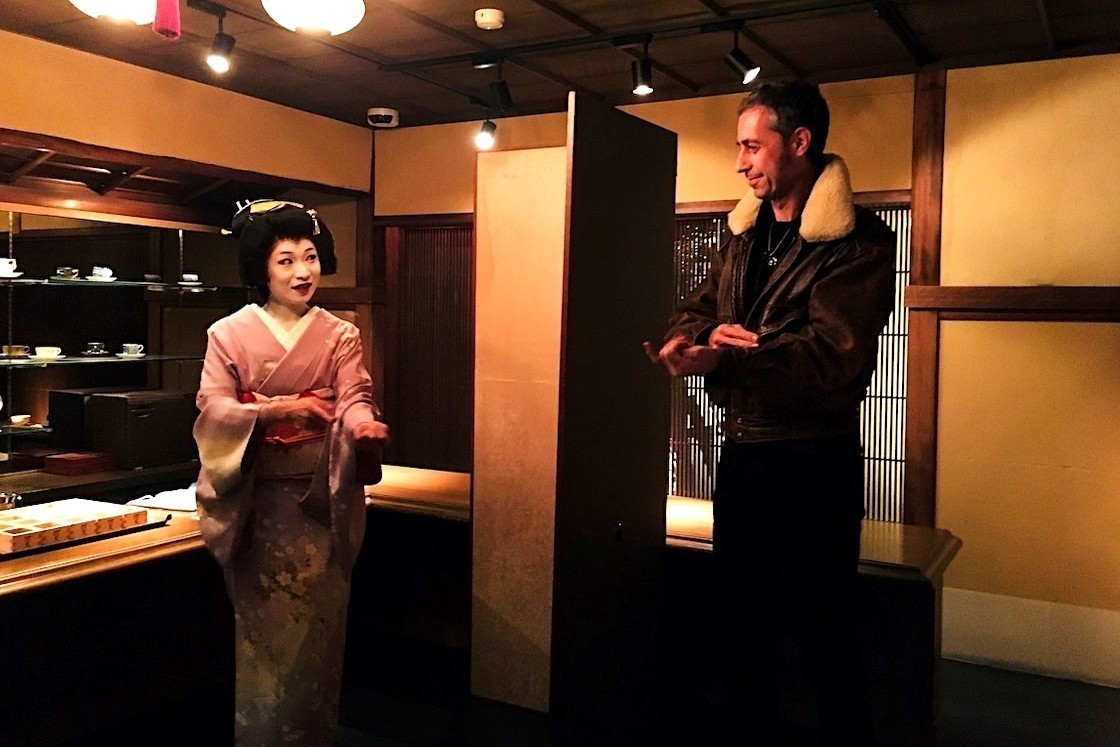
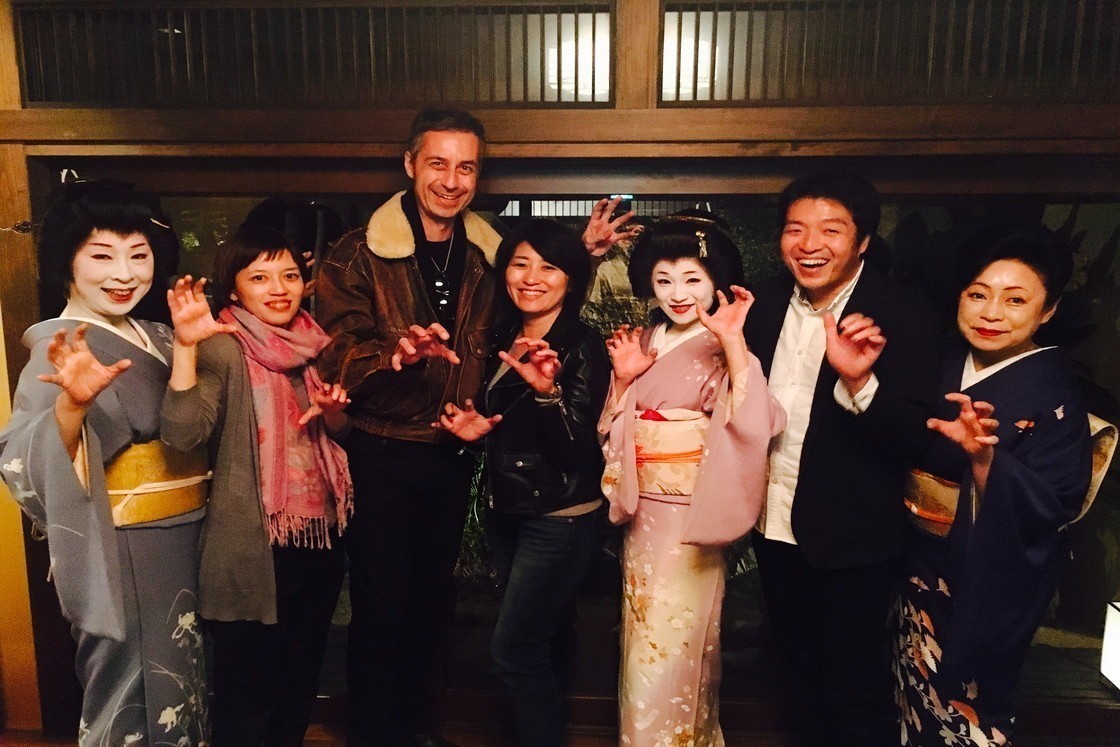
The Kawabun offers night activities such as the popular Cultural Nights, featuring traditionally trained Geisha who perform songs and dances, and interact with guests introducing traditional parlor games and amusements. English speakers are on hand, and drinks are available. In this day and age of instant communications and entertainment on demand, discovering the simple, yet highly entertaining games of the past is surprisingly enjoyable and satisfying.
Day 2
Get up early and start Day 2 by picking up your rental car, and take the smooth, wide Shin Tomei Highway to the little explored eastern districts of Aichi Prefecture. From the Nagoya Station area, it will be around and hour and a halffs drive to the ancient Horai-ji, the "Temple of the Coming Phoenix", a mystical mountain temple founded in 703 below a great stone cliff wall on the 695m high remnants of a 15 million-year-old volcano.
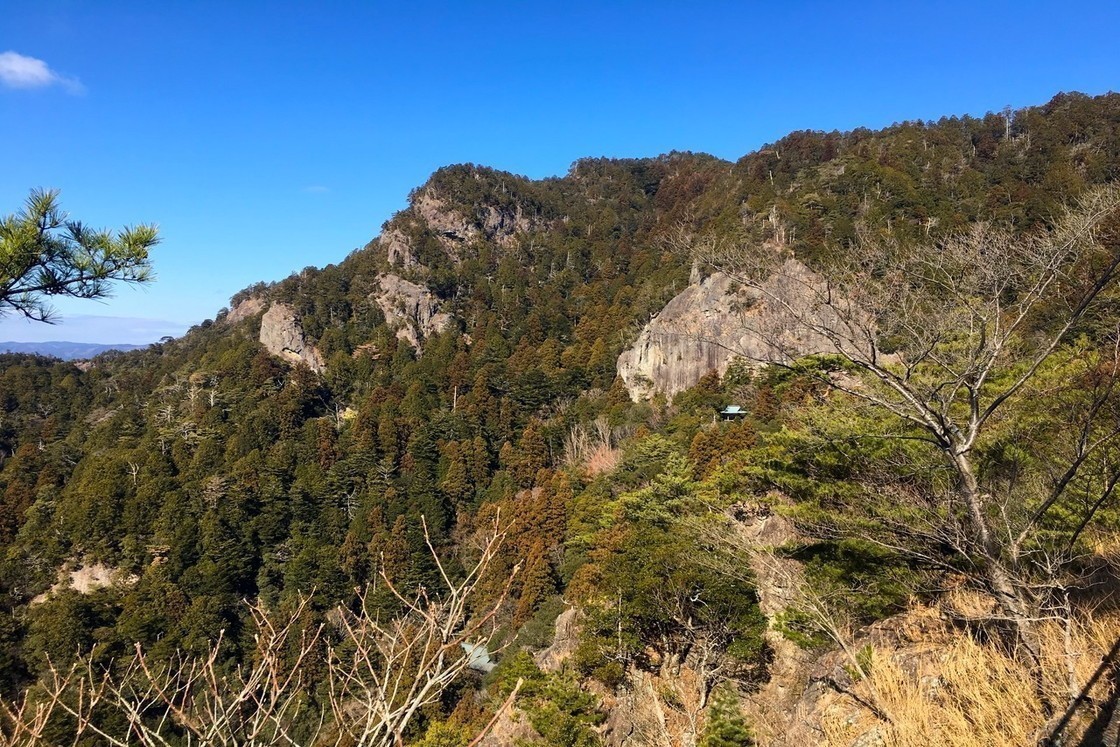

Park at the mountain top "Horai-ji San Parkway" carpark for a short walk, or challenge yourself by parking at the lowest section, and taking the ancient 1,425 rustic stone steps leading between pristine forests to the cliffside temple. Along the stone path is the ancient National Important Cultural Property designated Niomon gates dating from 1651, stone figures, and the largest cedar tree in Japan, an 800-year-old Japanese Cedar standing 60m high.
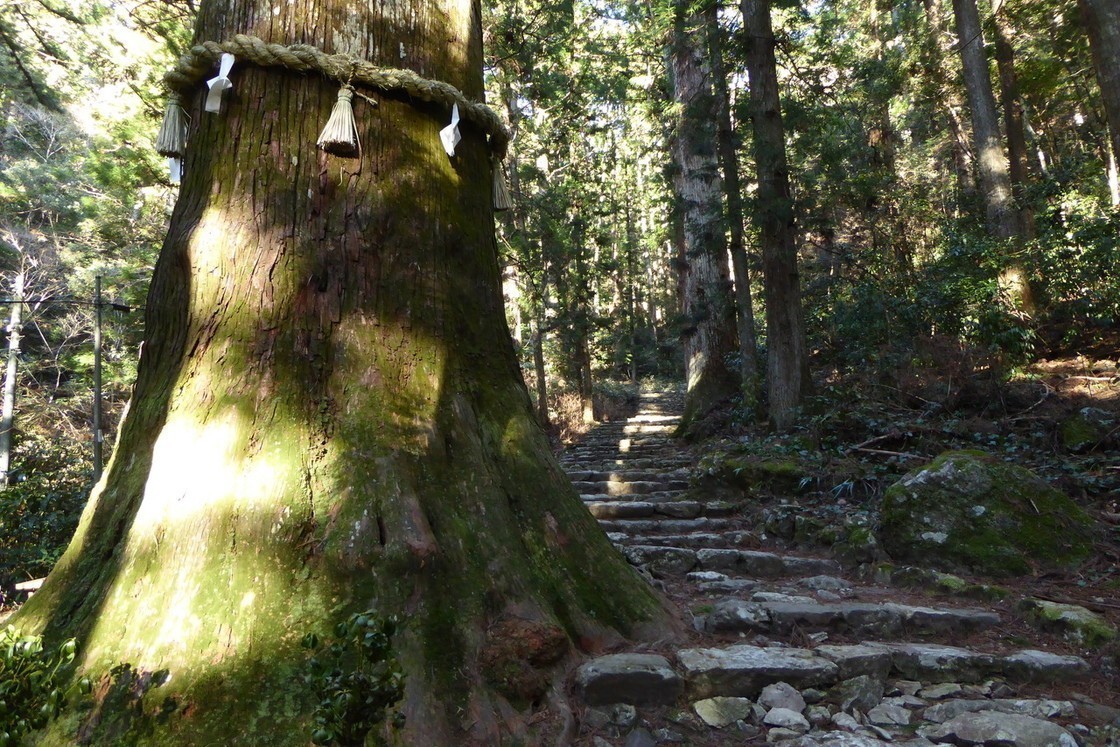
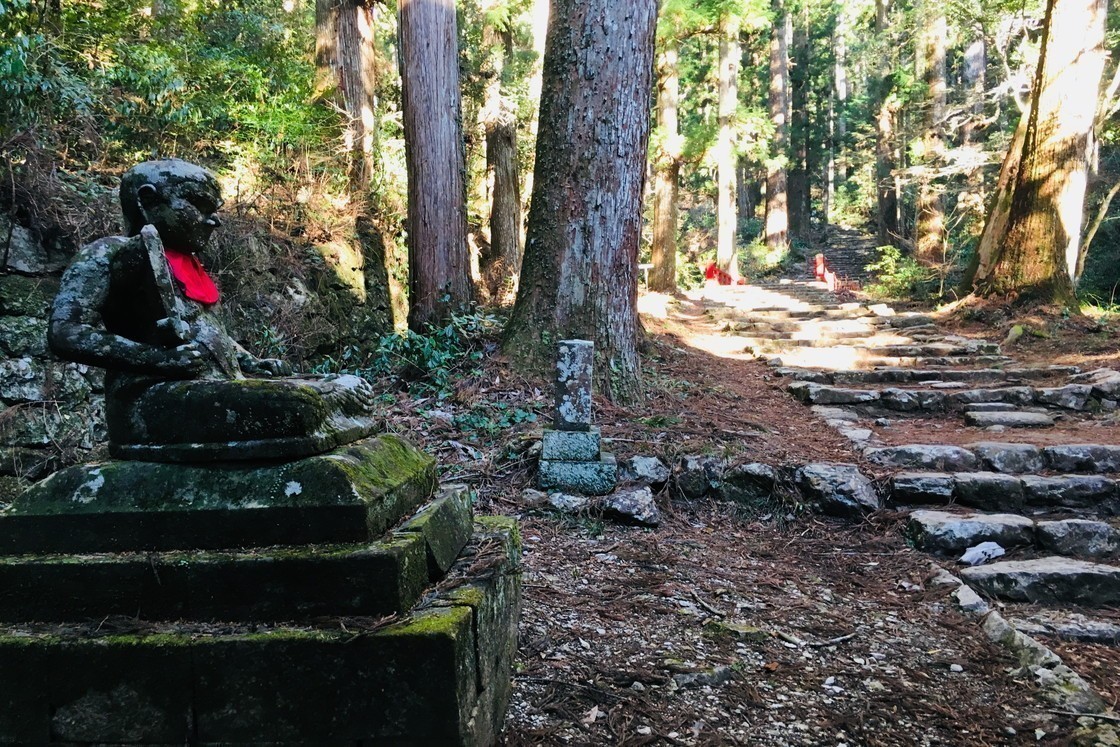
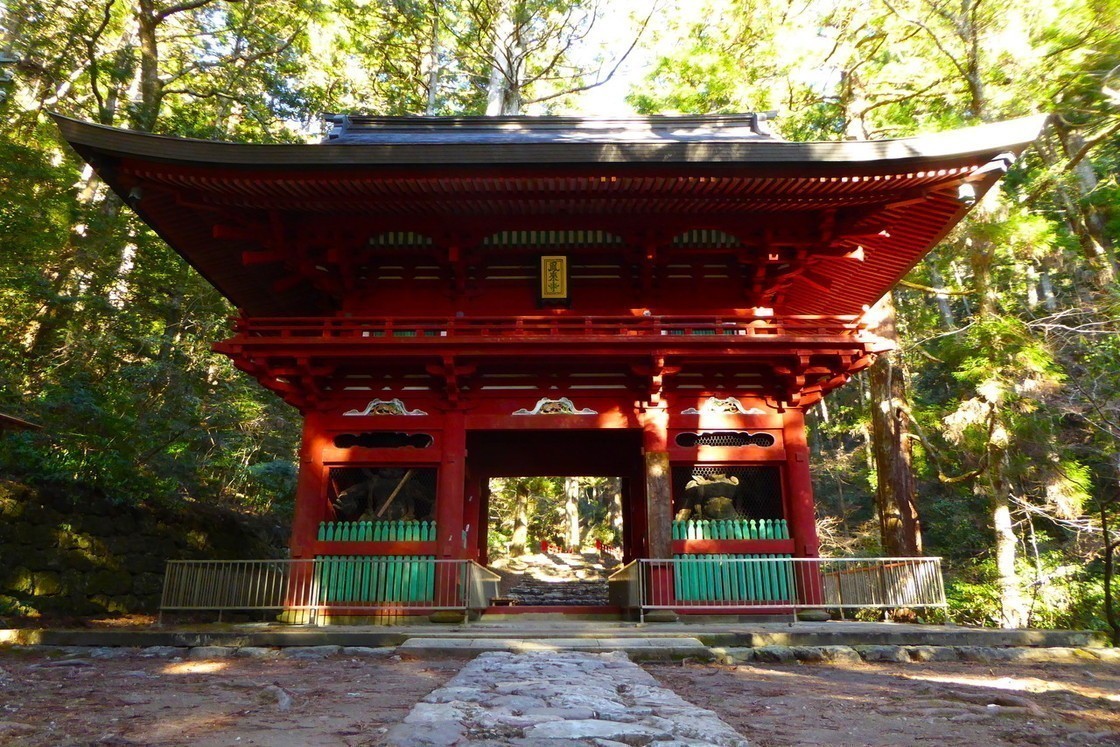
Nearby is the venerated Horaisan Toshogu. Toshogu shrines are dotted across Japan, and pay homage to the Tokugawa clan, in particular Tokugawa Ieyasu. The three main Toshogu shrines are the Nikko Toshogu, the Kunouzan Toshogu, and the third most important is the Horaisan Toshogu.The story goes that the first Shogun, Tokugawa Ieyasu's parents came and prayed at Horai-ji for a child who would achieve great deeds. Their wish came true, and Ieyasu's grandson, the third Shogun, who worshipped his grandfather, had the bright red and gold shrines built and his grandfather deified. If time, and the legs permit, there are some great walking trails behind the temple and shrine to various points offering some sensational vistas of the surrounding mountains and forests. Some of the trails are a bit rugged, so be prepared to rough it a little.
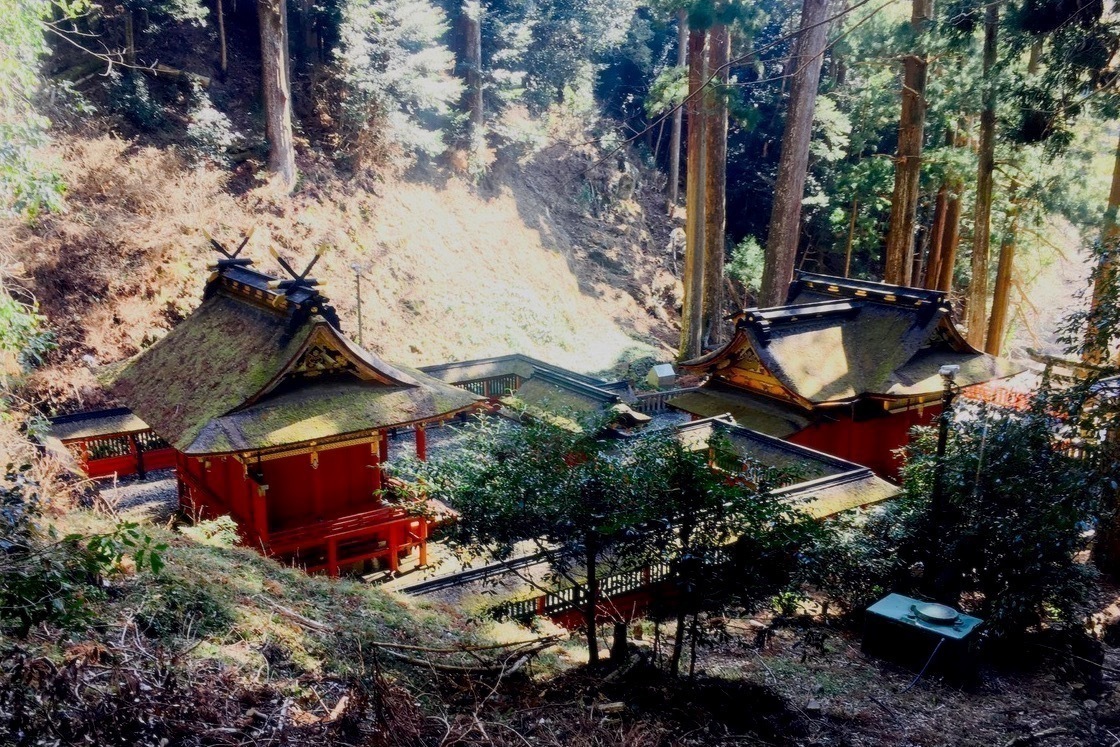
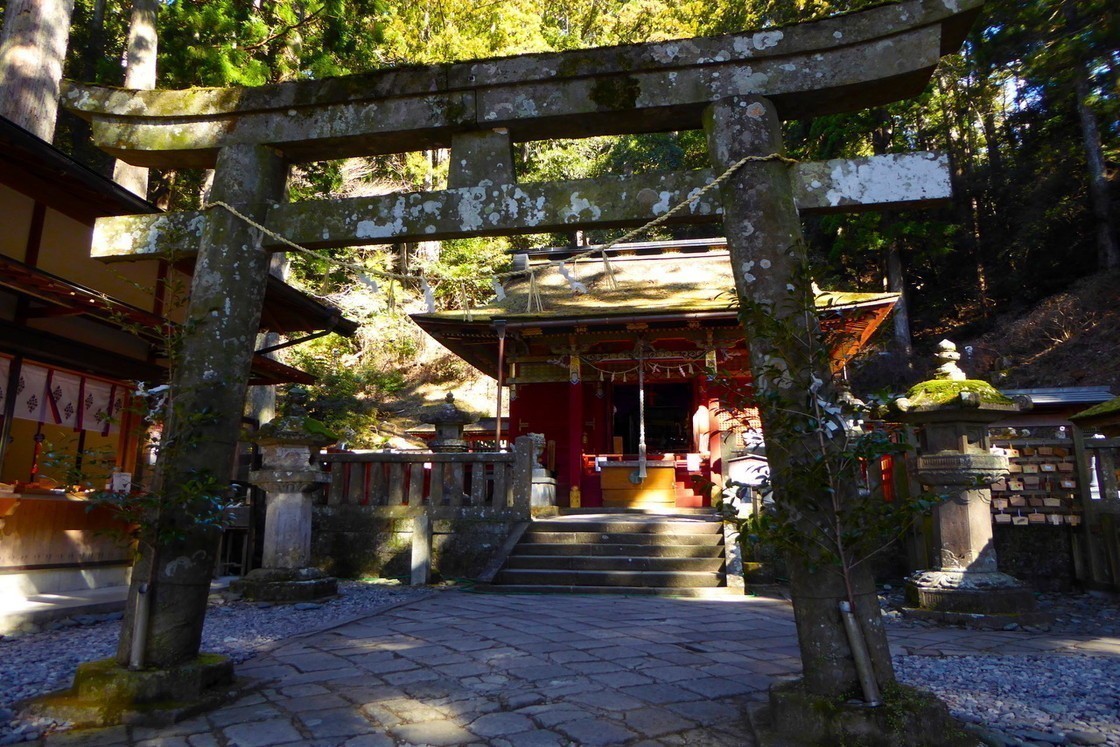
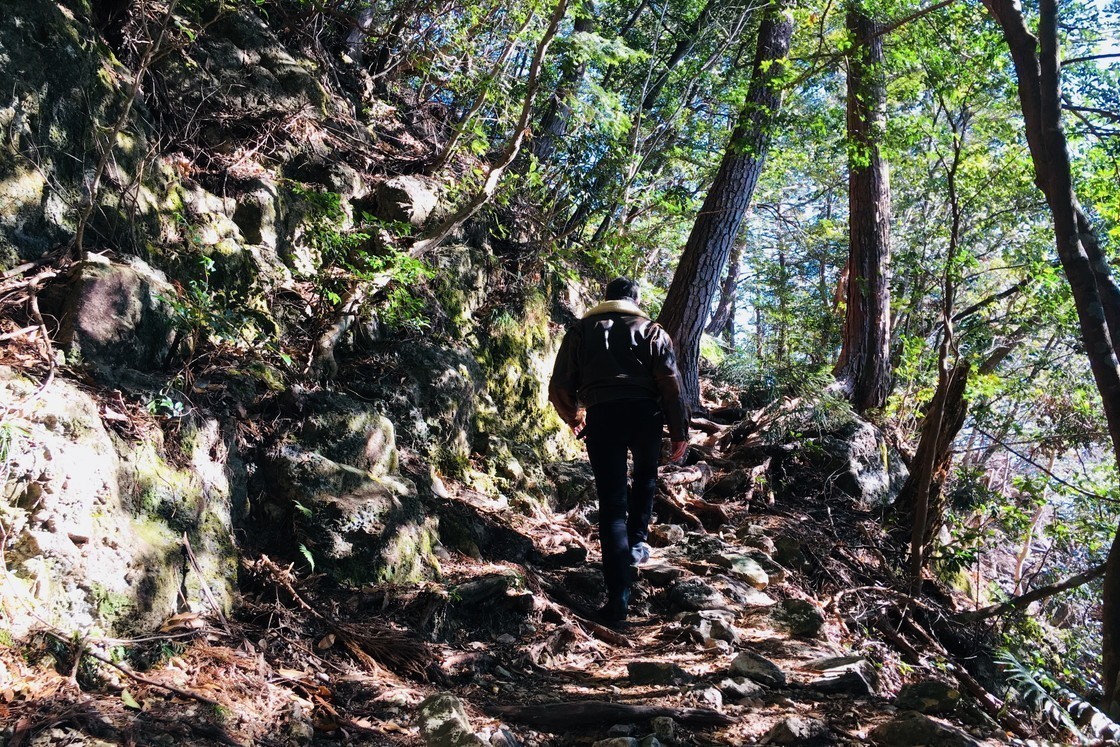
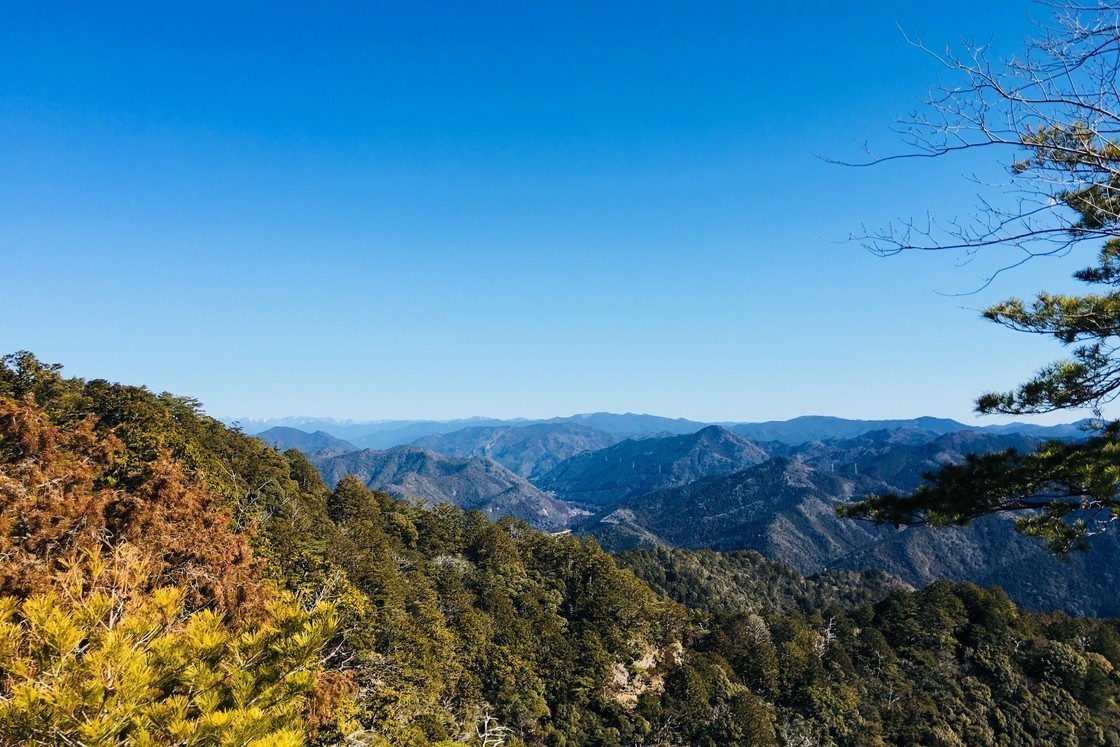

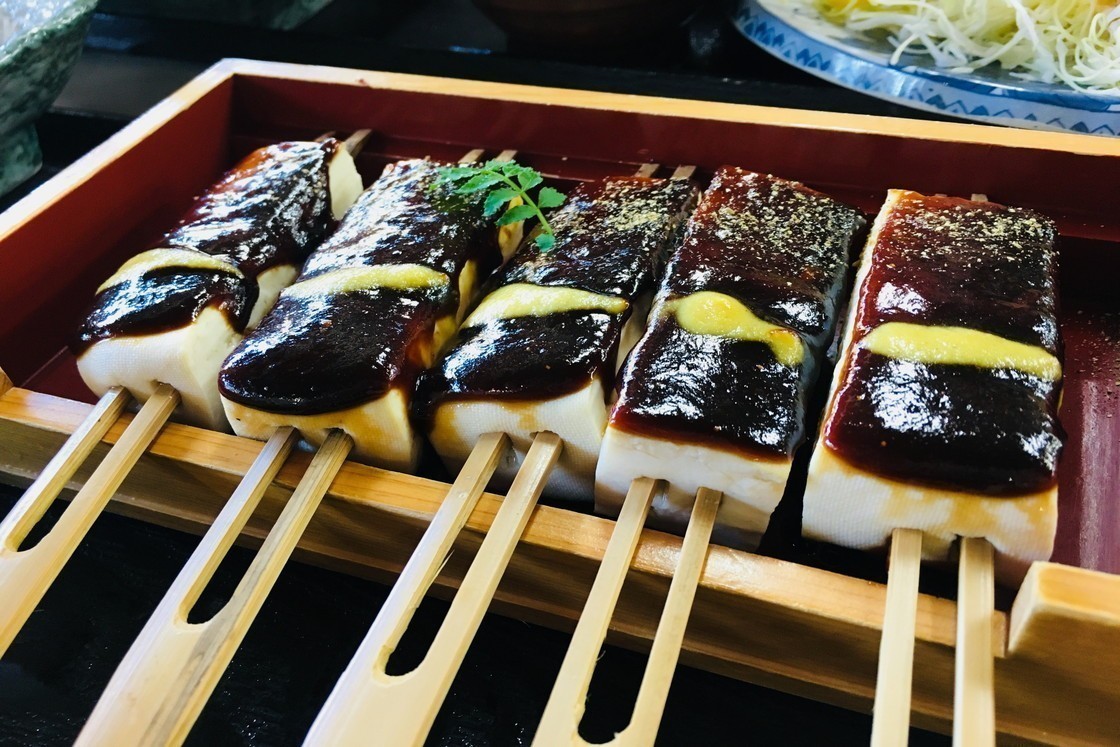
After tackling those mountain trails, and definitely after those 1,425 stone stairs, both up and down, you'll be in need of refreshment and relaxation. There is heaven on Earth, it is the hot spring resort of Yuya Onsen. Spend a night there soaking in the hot waters, the history and the culture. There are a number of comfortable, quality inns and hotels to choose from, you'll spend a relaxing night on a traditional futon, or in a comfortable bed, either way, it will be refreshing!
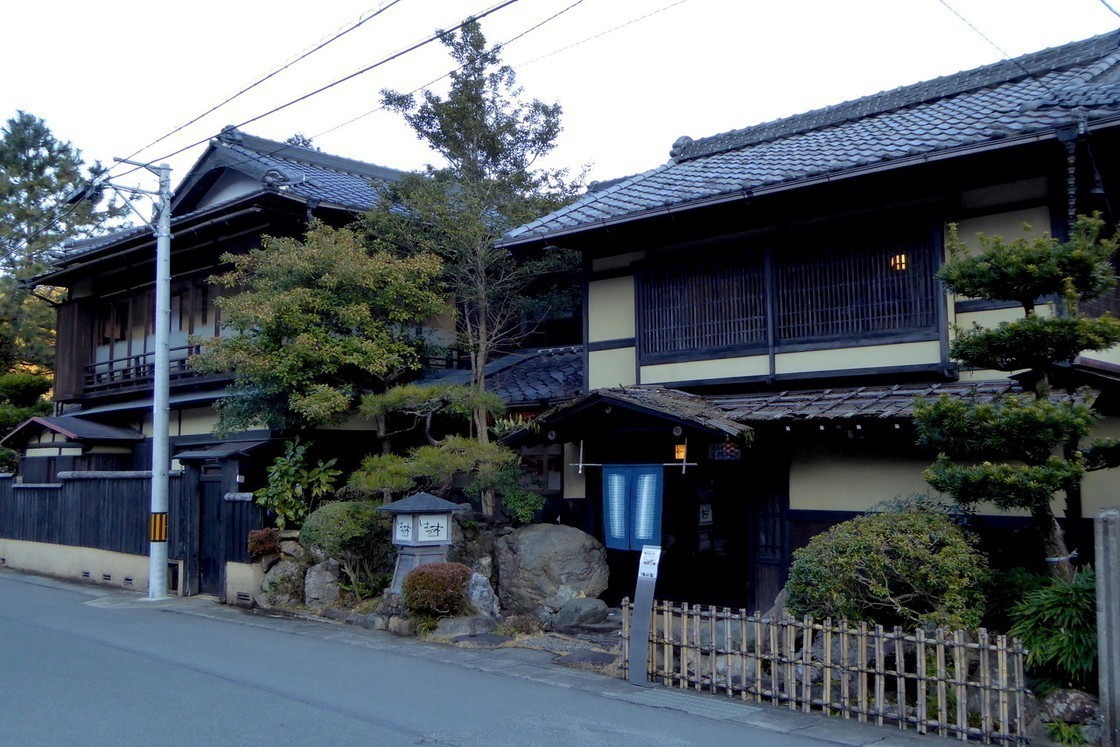
Day 3
After breakfast, it's about a 90 minute drive to Asuke Castle, an exceptionally well and authentically recreated medieval mountain castle. Nothing like the splendor of Nagoya Castle, this is quite the opposite, a small, gritty, rugged, medieval Warring States period mountain castle that saw its fair share of samurai battle action! In 1525, Tokugawa Ieyasu's grandfather attacked and captured the strategically important Asuke Castle and absorbed the Suzuki clan samurai into his own army.
Some years later the Suzuki clan suddenly abandoned that alliance and joined the rival Imagawa clan. Two years later, in 1564 Tokugawa Ieyasu and 3,000 samurai attacked Asuke, winning it back. The castle was next attacked and taken by Takeda Shingen with 25,000 samurai in 1571, and so in 1575 Ieyasu's son, Nobuyasu, attacked and defeated the Takeda forces at Asuke, once again returning it to the Tokugawa clan. Asuke was finally abandoned in 1590 when Ieyasu accepted Edo (Tokyo) as his fief and moved to the Kanto districts.


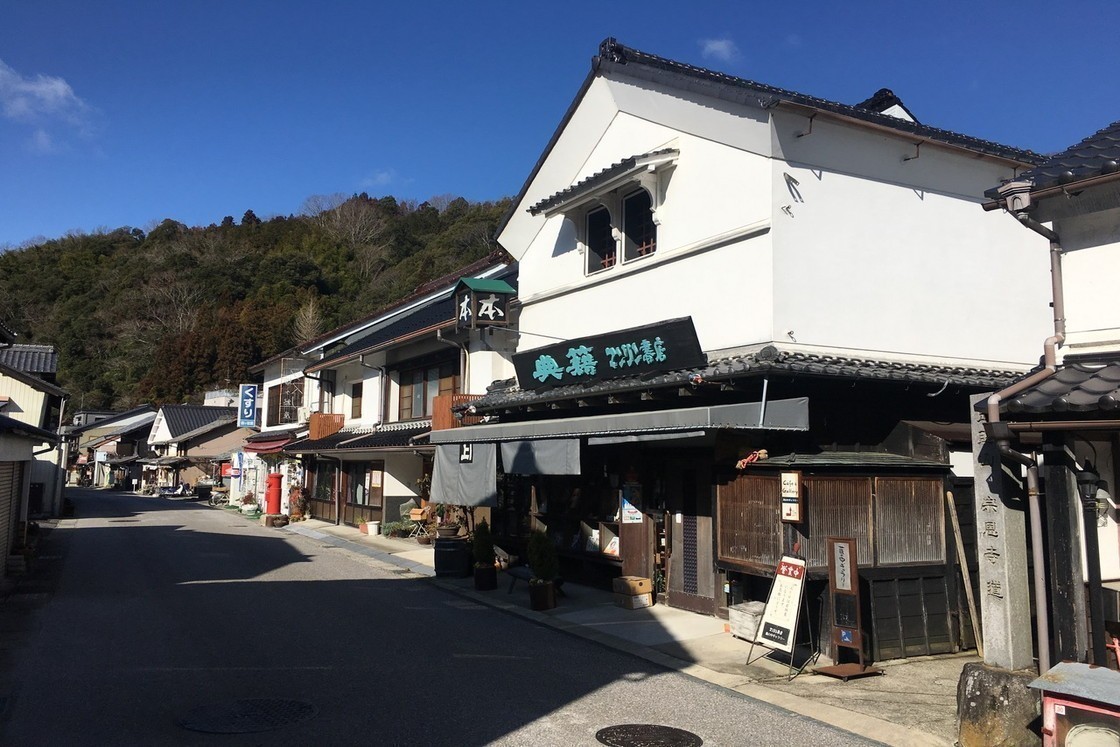
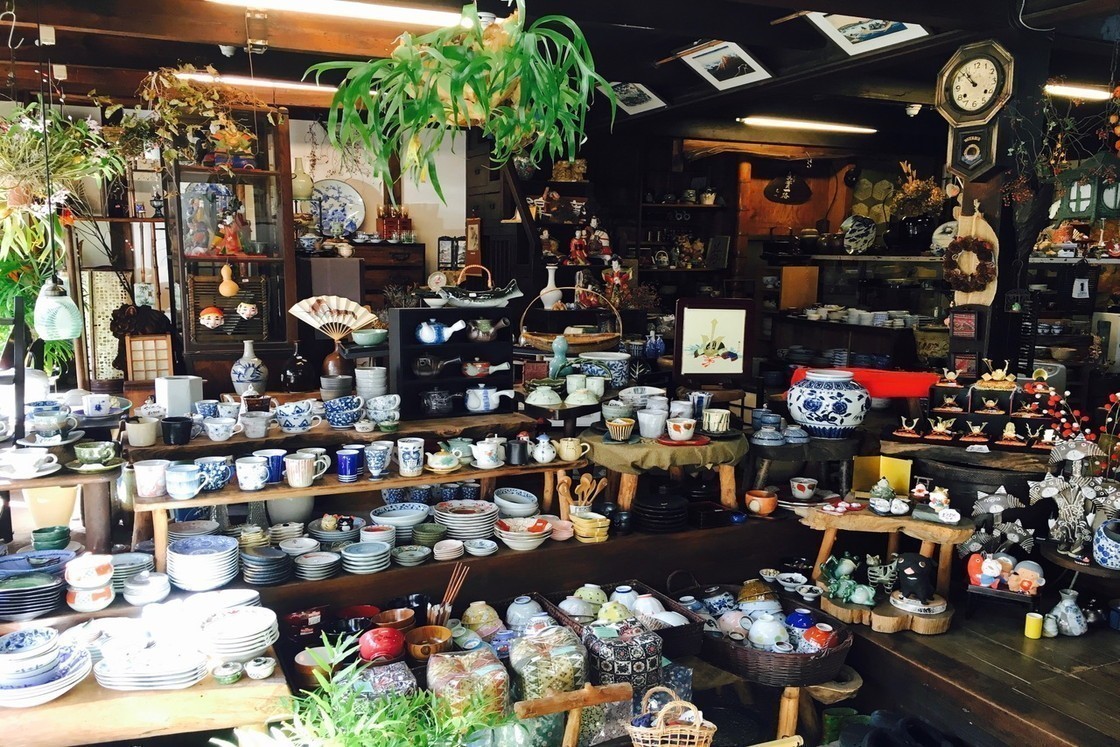
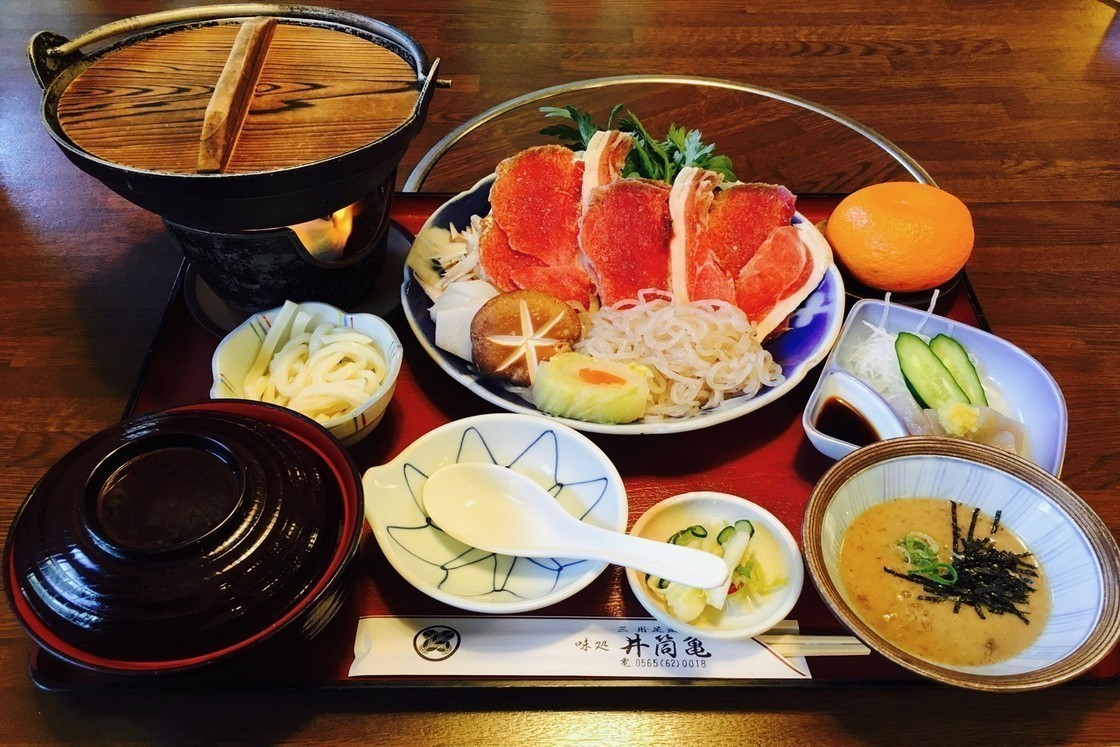

The castle town below the fortress has a charm of its own. Walk the narrow streets and try your luck at one of the few eateries scattered about town, or head to the picturesque Sanshu Asuke Yashiki Village, tucked away in a small valley behind the town for lunch. Sanshu Asuke Yashiki Village is an open-air working museum consisting of relocated traditional dwellings and structures, in which traditional arts and handicrafts are being preserved and displayed. The working blacksmith comes from a long line of samurai sword smiths, and these days has turned his hand to forging keen kitchen knives and cutlery. Straw sandal making, paper umbrella crafting, weaving can also be enjoyed.
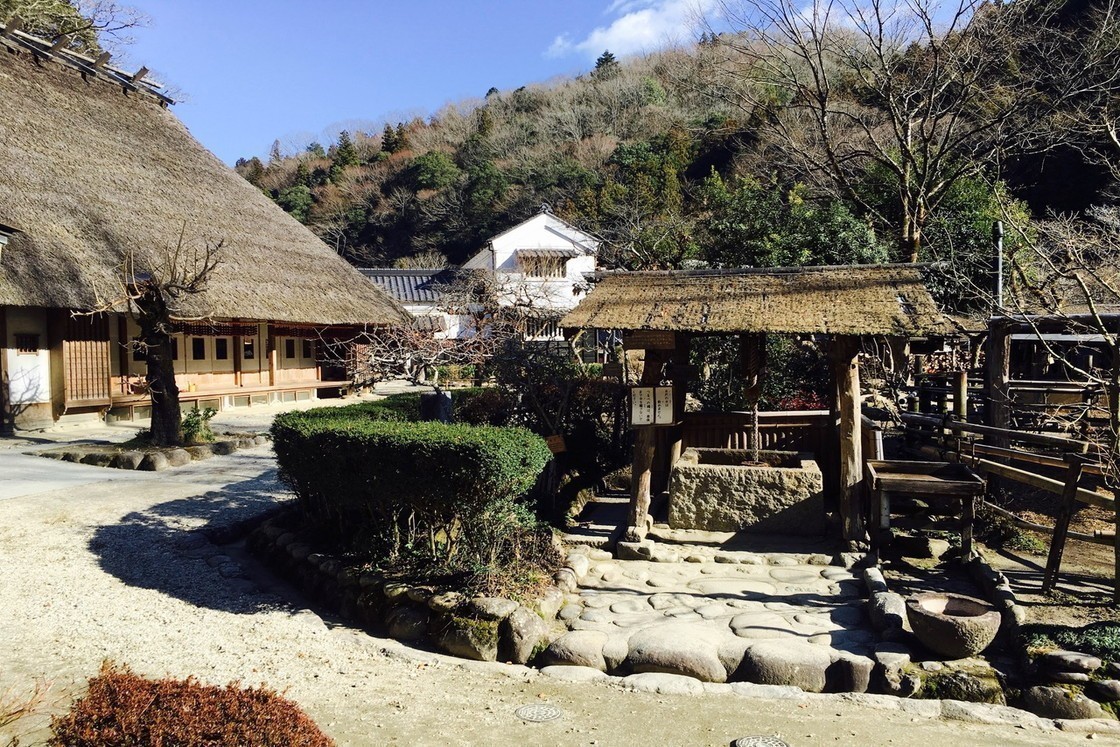
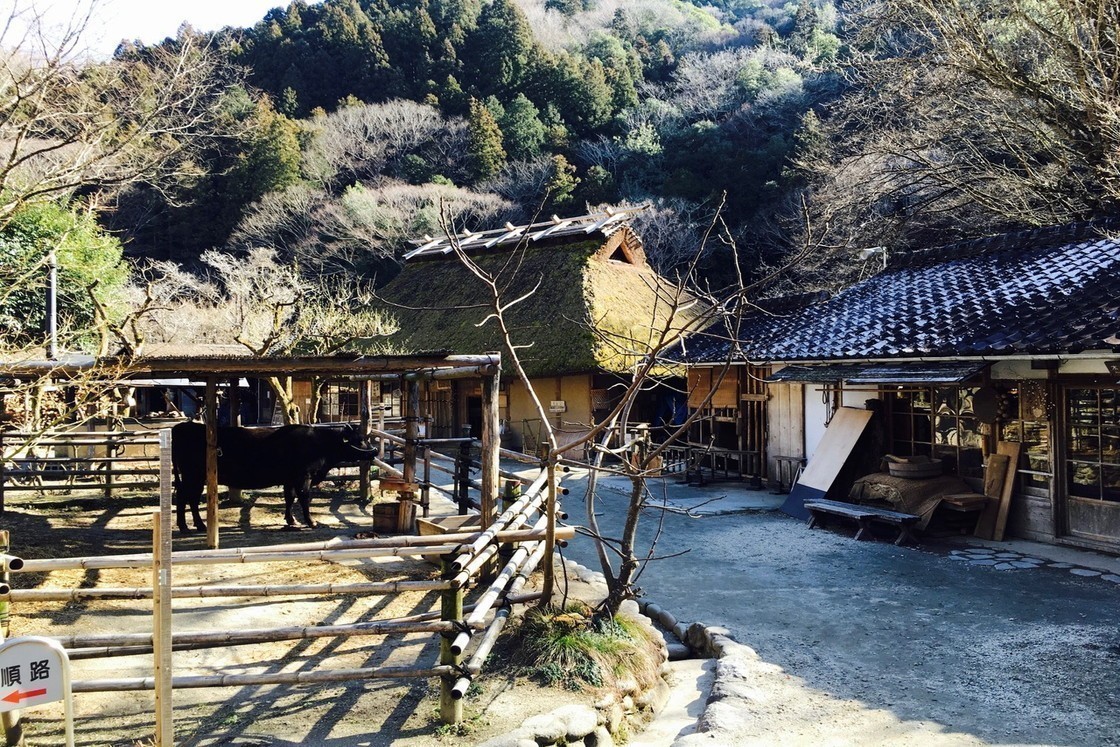

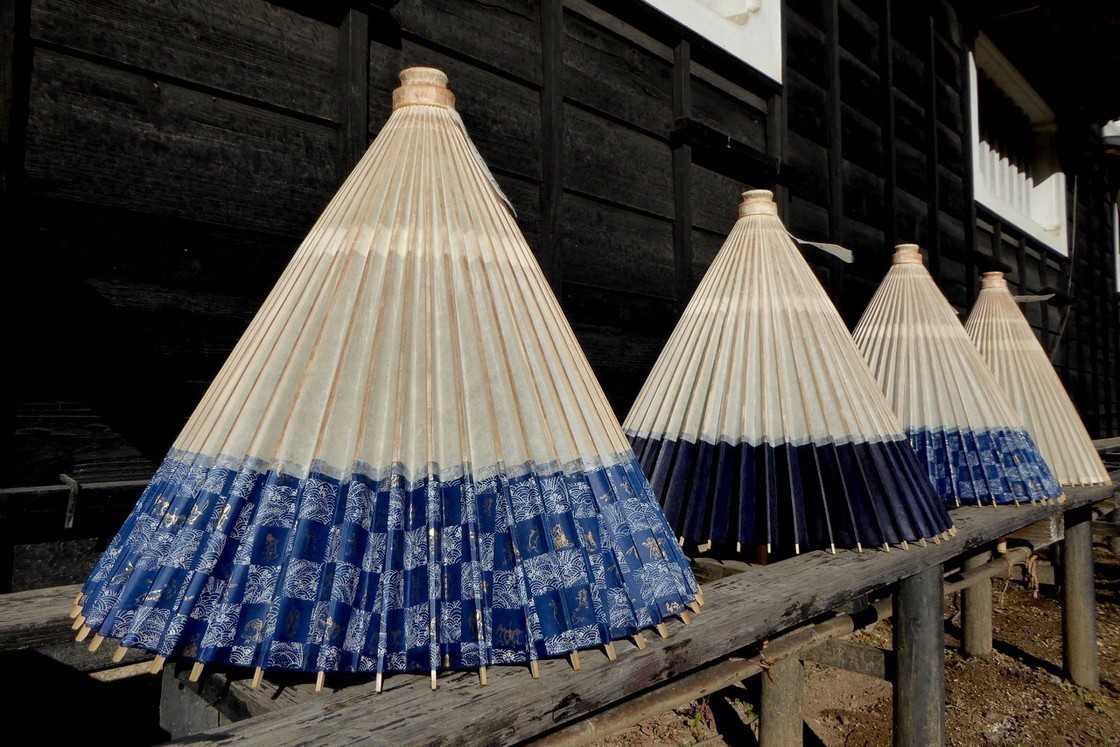
You may want to make a little extra time to see the stunning Korankei Gorge nearby. It is beautiful year-round, but if you happen to visit in autumn, the colors are magnificent (as are the crowds!).
Have your sunglasses ready as you set your navigation system to direct you westwards back to the car rental outlet, and enjoy the drive back to Nagoya City. There are plenty more day trips and short courses in and around Nagoya. Just remember to call the person that told you Nagoya was boring, and tell them just how wrong they were! Driving is Japan is easier than you may think, especially for those who are used to driving on the left hand side. For more details check out the links below.

